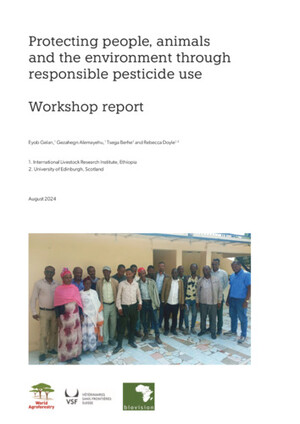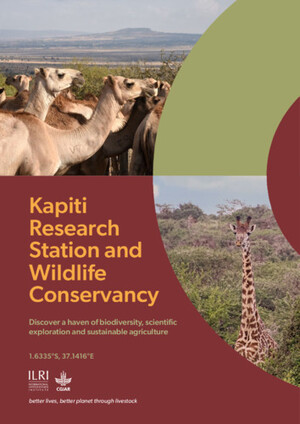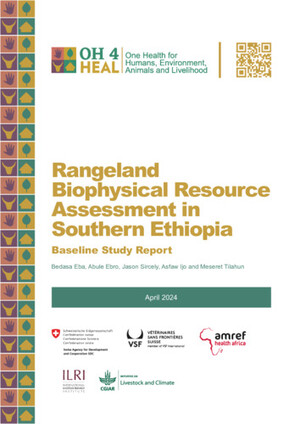
“Flypaper effects” in transfers targeted to women: Evidence from BRAC's “Targeting the Ultra Poor” program in Bangladesh
Abstract
Many development interventions target transfers to women. However, little evidence directly explores the “flypaper effects” of whether women retain control over these transfers once within the household and how reallocation of the transfers affects women's empowerment. We study these dynamics in the context of BRAC's randomized CFPR-TUP program in Bangladesh, which provides livestock and training to rural women in “ultra poor” households. Our analysis confirms previous findings that CFPR-TUP increased household asset ownership, but shows complex effects on targeted women. Women appear to retain ownership over transferred livestock, but new investments from mobilized resources are largely owned by men. CFPR-TUP also reduces women's movement outside the home and control over income, consistent with transferred livestock requiring maintenance at home. However, beneficiary women also report “intangible” benefits such as increased social capital and, even with limited mobility, a preference for work inside the home given a hostile environment outside the home.
Citation
Roy, S., Ara, J., Das, N. and Quisumbing, A.R. 2015. “Flypaper effects” in transfers targeted to women: Evidence from BRAC's “Targeting the Ultra Poor” program in Bangladesh. Journal of Development Economics 117: 1-19.










